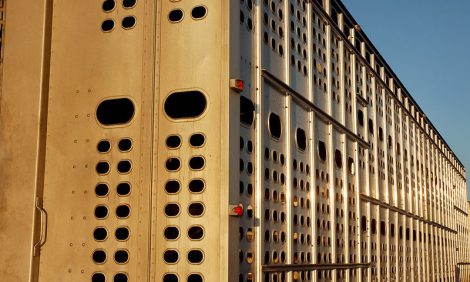



Why Aren't we Finishing More Dairy Bull Calves for Beef?
ANALYSIS - This week in the UK, the Calf Forum, a subsidiary of the RSPCA and CIWF, highlighted that around 20 per cent of dairy bull calves in the UK in 2011 were shot at birth. Some will find this number shocking, but the truth is that the situation has vastly improved over recent years, writes Charlotte Johnston, TheCattleSite editor.Mainstream media shows pictures of day old Jersey bull calves being shot on farm, an image that will have upset many, industry and wider public alike. So far the response to this seems to be to encourage the UK to consume more veal.
The reality is that the UK is not a veal eating nation. Whilst efforts should be made to encourage its consumption, the question is, why are these calves not been finished as bull beef, especially considering the record beef prices the industry has experienced over the last 12-18 months.
In fact, David Bowes from the Calf Forum in the UK said that initial data from the first two months in 2012 suggests that more dairy bull calves are going into the beef chain, with less been killed on farm or exported to Europe.
Last week, visiting dairy farms in Wisconsin, US, one producer said he was getting up to $200 (£128) a piece for day old calves. The average price for bull calves in the US over the past month has been around $2 per pound liveweight.
In the UK, over the past 18 months, bull calf prices have increased from £30 ($47) to £90 ($140). This difference suggests that demand for bull calves is increasing, and that more farmers are rearing dairy beef.
Speaking to producers and industry in the UK, there seem to be a number of drawbacks to finishing dairy bull beef.
These include restrictions imposed by bovine tuberculosis (TB), capacity on farm, geographic limitations and costs of production.
Mr Rogers, who farms in the Midlands, believes that cost of production is the major driver prohibiting producers from finishing dairy bull calves.
Clive Brown from Eblex supported this, saying black and white finishing can be done, but the economics must be right.
Bull beef has to be reared on an intensive cereal system, and for this to be economically viable, beef prices have to be on the high-end, and cereal prices competitive.
Interestingly, recent US slaughter statistics produced by the USDA showed a decline in veal production of 3.3 per cent compared to a year ago.
Ray Krones, from Strauss Brands told me that veal demand has been in a steady decline in the US, partly due to high prices but also due to ethical concerns.
Unlike in the EU, veal calves in the US are not required by law to be reared in group housing. The American Veal Association has set 2017 as a target to have all formula fed calves in the US to be raised in groups.



